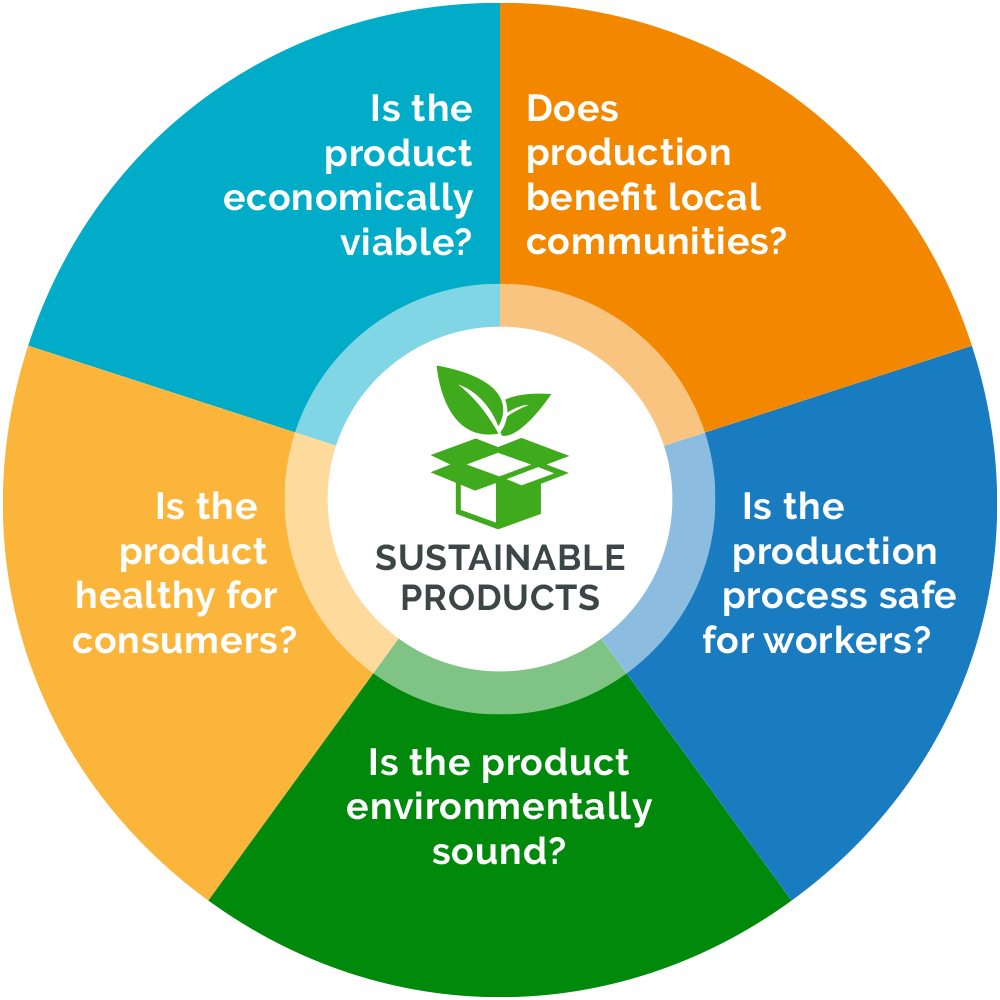What are some examples to ensure the sustainability of items?
Ensuring the sustainability of items encompasses a wide range of approaches, from design and materials to production and end-of-life management. Here are some examples across different stages:
Design and Materials:
- Choose eco-friendly materials: Opt for recycled or renewable materials like bamboo, cork, or plant-based plastics instead of virgin materials with high environmental impact.
- Design for disassembly and repair: Make products modular and easy to repair, extending their lifespan and reducing waste.
- Minimize material use: Design products with efficient material usage and avoid unnecessary components.
- Use non-toxic materials: Choose materials free of harmful chemicals that can pollute the environment or harm human health.
Production:
- Source locally and ethically: Support local businesses and choose suppliers who prioritize sustainable practices and fair labor conditions.
- Reduce energy consumption: Implement energy-efficient manufacturing processes and use renewable energy sources.
- Minimize water usage: Employ water-saving technologies and practices during production.
- Reduce waste: Implement closed-loop systems to minimize waste generation and recycle or compost leftover materials.
Use and End-of-Life:
- Extend product lifespan: Encourage proper care and maintenance to extend the product's usable life.
- Promote repair and refurbishment: Provide repair options and encourage consumers to repair or refurbish products instead of replacing them.
- Enable recycling or composting: Design products for easy disassembly and ensure materials are readily recyclable or compostable.
- Support responsible disposal: Partner with recycling facilities or implement take-back programs to ensure proper disposal of end-of-life products.
Additional Examples:
- Carbon offsetting: Invest in programs that offset the carbon footprint associated with production and transportation.
- Circular economy: Implement a circular economy model where materials are kept in use for as long as possible and waste is minimized.
- Transparency and labeling: Clearly communicate the sustainability features and environmental impact of products to inform consumer choices.
These are just a few examples, and the specific approaches will vary depending on the type of item and its lifecycle. Remember, sustainability is a journey, not a destination, and every step towards reducing environmental impact and promoting responsible consumption is valuable.

Comments
Post a Comment
Thanks